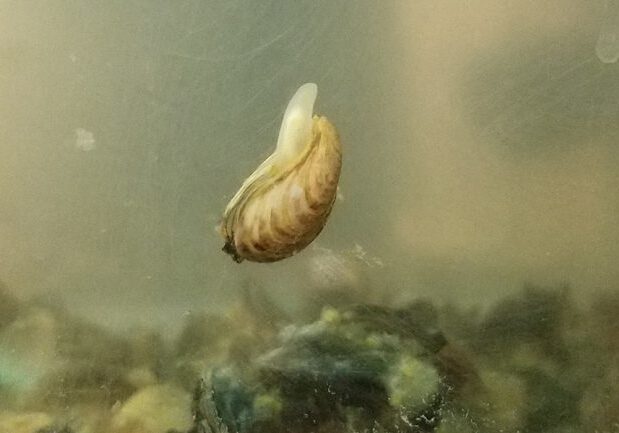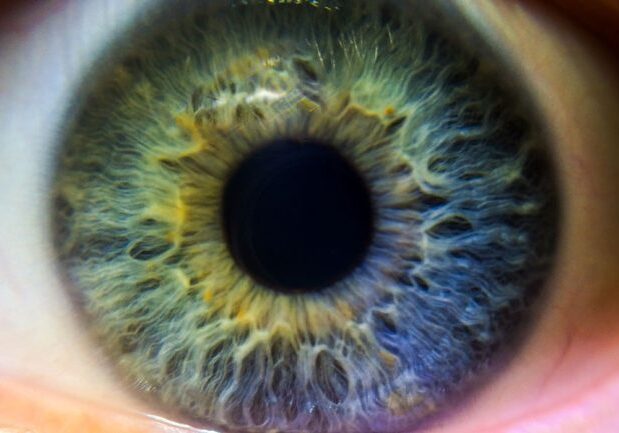
New strategy for delivery of therapeutic proteins could help treat degenerative eye diseases
Professor Molly Shoichet (ChemE, BME, Donnelly) and her team have created a hydrogel that slowly releases multiple therapeutic proteins at independently controlled rates
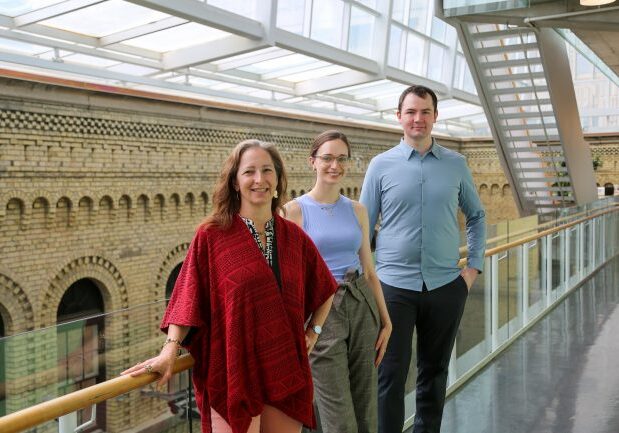
U of T Engineering team designs new hydrogel that opens pathways to more targeted cancer treatments
The bio-inspired material enables lab-grown cells to emulate the complex processes found in the human body
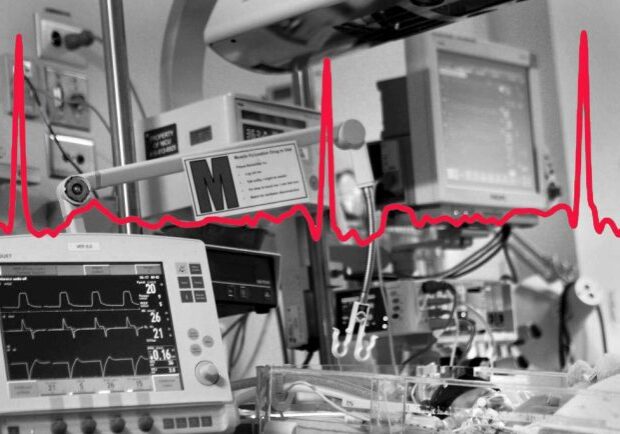
Physiological earthquakes: Researchers aim to leverage experience in analyzing seismic data to predict cardiac events
Professor Sebastian Goodfellow (CivMin), in partnership with researchers at SickKids, aims to apply AI methods used in geology to the analysis of data from ECG scans
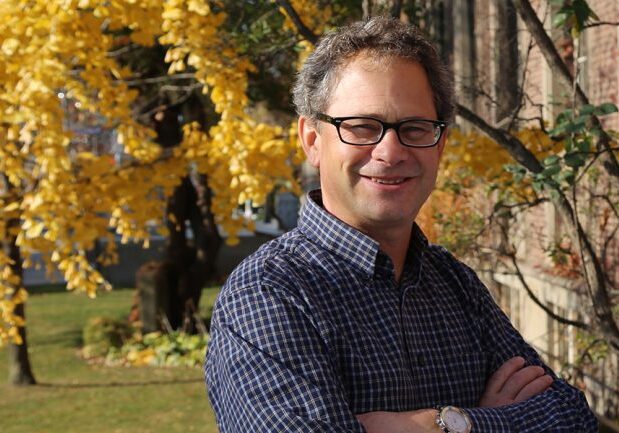
‘Look after each other’: Professor Jeff Brook on the threat posed to cities by extreme heat – and how to respond
Extreme weather events have dominated the headlines this week as dangerous heat waves hit the United Kingdom, central United States and parts of Canada while fires rage in Spain, Portugal and Greece. The severe weather events that climate scientists have long predicted are now here and it will only get worse, says Professor Jeff Brook (Dalla Lana School of […]

Reverse engineering the heart: U of T Engineering team creates bioartificial left ventricle
U of T Engineering researchers have grown a small-scale model of a human left heart ventricle in the lab. The bioartificial tissue construct is made with living heart cells and beats strongly enough to pump fluid inside a bioreactor. In the human heart, the left ventricle is the one that pumps freshly oxygenated blood into […]

Mosquito-repellent paint among five projects funded by CGEN seed grant program
Global Engineering Seed (GESeed) supports engineering projects that address major challenges to Indigenous populations and marginalized communities in the Global South
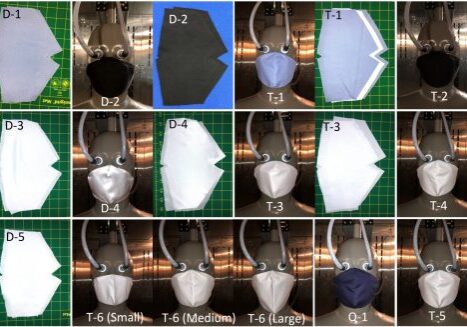
Are safer masks more uncomfortable? New U of T Engineering study offers answers
Professor Kevin Golovin (MIE) analyzed 12 different face masks to investigate connections between discomfort and protection.

Organ-on-a-chip research identifies new strategy for treating health complications associated with COVID-19
U of T Engineering researchers used lab-grown models of human vasculature to screen potential drug candidate molecules for effectiveness against SARS-CoV-2 vascular dysfunction and cytokine storm

